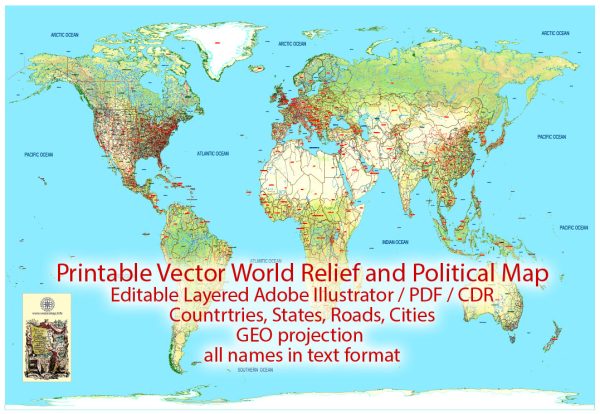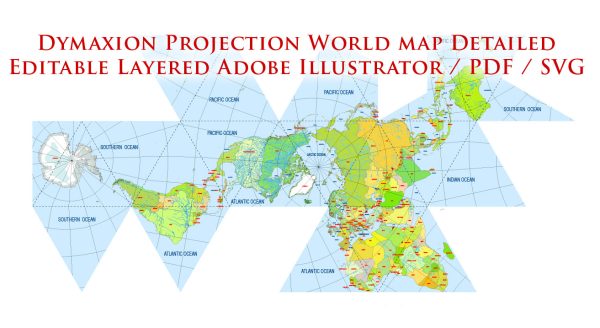Ocean currents are large-scale flows of seawater that circulate throughout the world’s oceans, influencing climate, weather patterns, and marine ecosystems. These currents are primarily driven by a combination of wind, temperature, salinity, and the Earth’s rotation. Here are some of the main ocean currents:
- North Atlantic Drift (Gulf Stream): This warm ocean current originates in the Gulf of Mexico and flows northeastward along the eastern coast of North America. It then crosses the Atlantic Ocean towards Europe, contributing to the relatively mild climate of western Europe.
- Canary Current: This cold ocean current flows southward along the western coast of North Africa. It is part of the North Atlantic subtropical gyre and plays a crucial role in the upwelling of nutrient-rich waters, supporting a productive marine ecosystem.
- North Pacific Current (Kuroshio): The Kuroshio is a warm current that flows northward off the east coast of Asia. It is the Pacific Ocean’s counterpart to the Gulf Stream, influencing the climate of eastern Asia and the western coast of North America.
- California Current: This cold ocean current flows southward along the western coast of North America, bringing cool, nutrient-rich water from the north. It plays a vital role in supporting marine life and fisheries off the coast of California.
- Antarctic Circumpolar Current: Also known as the West Wind Drift, this is the world’s most extensive current, flowing from west to east around Antarctica. It connects the major ocean basins and plays a key role in the circulation of the Southern Ocean.
- Brazil Current: This warm ocean current flows southward along the eastern coast of South America. It influences the climate of the region and contributes to the marine biodiversity of the South Atlantic Ocean.
- Agulhas Current: This warm and swift current flows southward along the east coast of Africa, transporting warm and salty water from the Indian Ocean to the South Atlantic. It is a key component of the Indian-Atlantic Ocean connection.
- North Equatorial Current: This warm current flows westward across the tropical North Atlantic. It is part of the North Atlantic subtropical gyre and influences the climate of the Caribbean and Gulf of Mexico.
- South Equatorial Current: Similar to its northern counterpart, this warm current flows westward across the tropical South Pacific, affecting the climate of the islands and coastal regions in the Pacific.
These currents are part of larger ocean circulation patterns, and they play a crucial role in regulating the Earth’s climate by redistributing heat around the globe. They also have significant impacts on marine ecosystems, influencing the distribution of marine species and supporting the productivity of fisheries.





 Author: Kirill Shrayber, Ph.D.
Author: Kirill Shrayber, Ph.D.